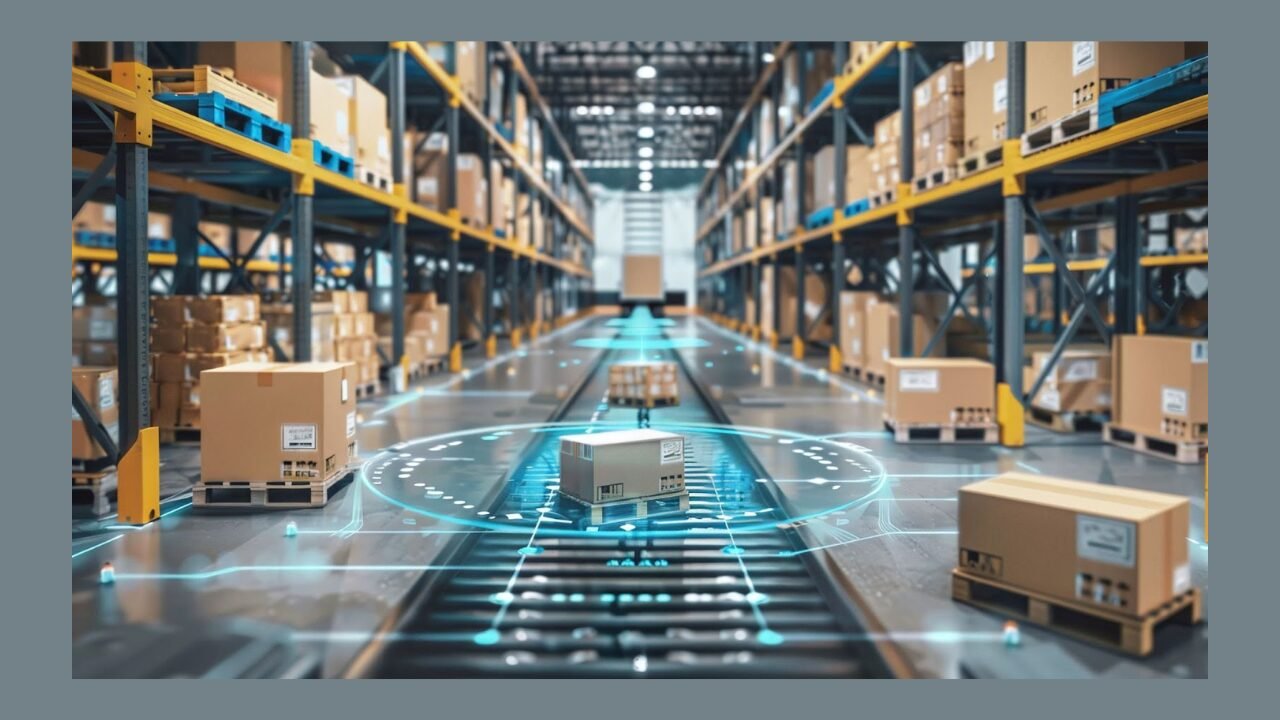Modern Logistics and the Push for End-to-End Visibility

Now more than ever, the logistics industry is driven by technological advancements, increasing customer expectations, and the need for greater efficiency. One of the most critical developments in this space is the push for end-to-end visibility, which is a comprehensive, real-time view of goods as they move through the supply chain.
From manufacturers to retailers, stakeholders are demanding greater transparency to optimize operations, reduce delays, and enhance customer satisfaction. This article explores how modern logistics is evolving to meet these demands and the technologies enabling this shift.
The Importance of End-To-End Visibility
End-to-end visibility refers to the ability to track shipments, inventory, and transportation assets throughout the entire supply chain. This level of transparency is necessary as businesses strive to mitigate risks, improve decision-making, and streamline operations.
Key benefits of end-to-end visibility include:
- Reduced Operational Costs: Real-time tracking enables the identification of inefficiencies, such as delays or route deviations, allowing for prompt corrective actions.
- Improved Customer Experience: Customers expect accurate delivery estimates and real-time updates. Visibility ensures these expectations are met.
- Enhanced Risk Management: Disruptions like weather delays or port congestion can be anticipated and managed proactively.
- Better Inventory Management: Companies can optimize stock levels by tracking goods in transit, reducing overstocking or stockouts.
To achieve this level of transparency, logistics firms are increasingly relying on advanced technologies, including IoT sensors, blockchain, and AI-driven analytics. IT support for logistics firms plays a crucial role in integrating these systems, ensuring seamless data flow across platforms. With these capabilities, operations become more efficient, optimizing routes, boosting productivity, and fulfilling orders effectively.
Technologies Driving Visibility in Logistics
Real-time visibility is critical for efficiency, security, and customer satisfaction. Advanced technologies are transforming logistics by providing unprecedented transparency, optimizing operations, and reducing risks. Below are the technologies that drive logistics visibility.
1. Internet of Things (IoT) and Telematics
IoT devices, such as GPS trackers and RFID tags, provide real-time data on shipment location, temperature, humidity, and handling conditions. Telematics systems in trucks monitor fuel consumption, driver behavior, and vehicle health, helping fleet managers optimize routes and maintenance schedules.
2. Blockchain for Secure and Transparent Transactions
Blockchain technology ensures data integrity by creating an immutable ledger of transactions. In logistics, this means tamper-proof records of shipments, contracts, and payments, reducing fraud and disputes.
3. Artificial Intelligence and Predictive Analytics
AI can analyze big data to predict delays, optimize routes, and automate warehouse operations. Machine learning models can forecast demand fluctuations, enabling businesses to adjust their inventory levels dynamically.
4. Cloud-Based Logistics Platforms
Cloud solutions enable centralized data storage and accessibility, allowing stakeholders to access shipment information from anywhere, at any time. These platforms facilitate collaboration between shippers, carriers, and customers.
5. Automation and Robotics
Automated warehouses, drones, and autonomous vehicles expedite processes and minimize human error. Robotics in fulfillment centers ensures faster picking, packing, and sorting of goods.
Challenges in Achieving Full Supply Chain Visibility
Despite technological advancements, several obstacles hinder complete end-to-end visibility:
1. Fragmented Systems and Data Silos
Many logistics providers still rely on legacy systems that don’t communicate seamlessly. Integrating disparate platforms remains a challenge, requiring robust IT support for logistics firms to bridge these gaps.
2. High Implementation Costs
Deploying IoT devices, AI tools, and blockchain solutions requires significant investment. Smaller logistics players may struggle to afford these technologies, leading to uneven adoption across the industry.
3. Cybersecurity Risks
With increased digitization comes the threat of cyberattacks. Logistics companies must prioritize data security to protect sensitive shipment and customer information.
4. Regulatory and Compliance Issues
Different countries have varying regulations on data sharing, customs, and transportation. Navigating these complexities adds another layer of difficulty in achieving global supply chain efficiency and visibility.
The Future of Logistics: A Fully Transparent Supply Chain
The logistics industry is moving toward a future where end-to-end visibility is the norm rather than the exception. Emerging trends, such as 5G connectivity, digital twins (DTs), virtual replicas of physical supply chains, and edge computing, will further enhance real-time tracking and decision-making.
5G technology is enhancing supply chains by enabling real-time communication, allowing businesses to monitor operations more effectively. The global DT market is expected to surge from US$10.1 billion in 2023 to US$ 110.1 billion by 2028, with a CAGR of 61.3% (MarketsandMarkets Research). This rapid adoption underscores the growing reliance on advanced technologies to enhance supply chain efficiency and resilience.
Companies investing in these innovations will gain a competitive edge, offering faster, more reliable, and cost-effective logistics solutions. Meanwhile, collaboration between stakeholders, including shippers, carriers, tech providers, and governments, will be crucial in standardizing visibility practices.
READ MORE
Bottom Line
The push for end-to-end visibility is reshaping modern logistics, driven by the need for efficiency, transparency, and customer satisfaction. While challenges remain, advancements in IoT, AI, blockchain, and cloud computing are paving the way for a more connected and intelligent supply chain. For logistics firms, the key to success lies in embracing these technologies while ensuring robust IT support to integrate and maintain these systems effectively.
